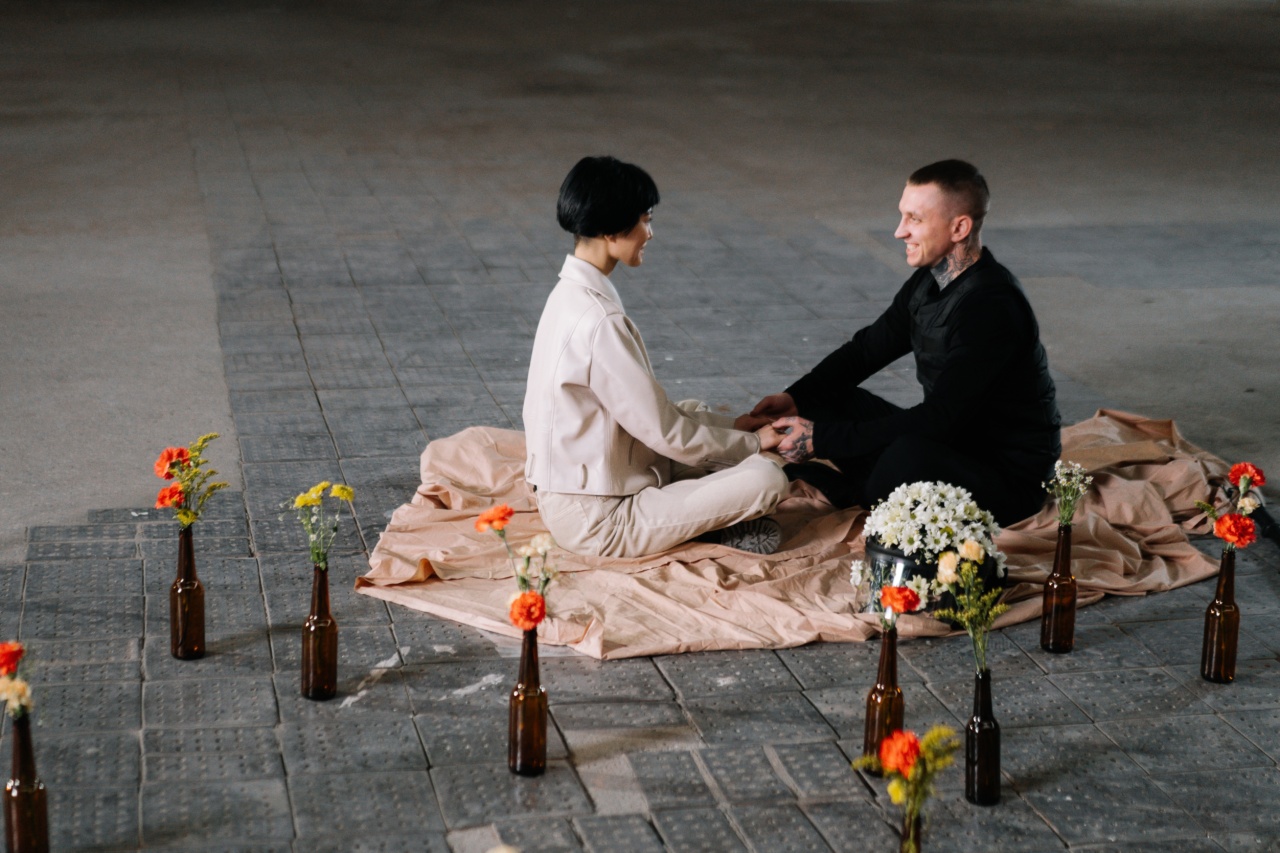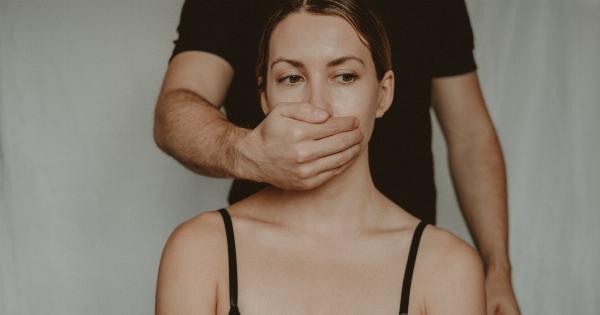Migraine headaches affect millions of people worldwide, but did you know that the symptoms experienced by men and women can sometimes differ? While the basic characteristics of migraines remain the same, there are certain variations in how they manifest between genders. In this article, we will explore the key differences in migraine symptoms between males and females.
1. Prevalence
Research suggests that migraines are more common in women than in men. Statistically, approximately 18-25% of women experience migraines, compared to about 6-8% of men.
This implies that females are nearly three times more likely to be affected by migraines than their male counterparts.
2. Frequency and Intensity
While both men and women can suffer from migraines, studies have shown that women tend to experience migraines more frequently and with greater intensity than men.
Women often report having migraines more days per month and experiencing longer-lasting episodes. On the other hand, men usually have shorter and less frequent migraine attacks.
3. Triggers
Although similar triggers can contribute to migraines in both genders, there are some differences when it comes to specific triggers.
While stress, lack of sleep, hormonal changes, and certain foods are common triggers for both men and women, women are more likely to experience migraines triggered by hormonal fluctuations during menstrual cycles, pregnancy, or menopause. Men, on the other hand, may be more prone to migraines triggered by physical exertion, alcohol consumption, or smoking.
4. Aura Symptoms
Aura refers to a collection of sensory disturbances that often precede a migraine attack.
Visual disturbances such as flashing lights or blind spots, tingling or numbness in the face or limbs, and difficulty speaking are some of the common aura symptoms. Research indicates that women are more likely to experience aura symptoms before or during a migraine attack compared to men. However, it is important to note that not everyone who experiences migraines will have aura symptoms.
5. Associated Symptoms
While the primary symptom of migraines is a severe headache, there are several associated symptoms that can accompany it. These symptoms can vary between men and women.
Women often report experiencing more pronounced mood changes, including irritability, depression, or anxiety, before and during migraines. They are also more likely to report nausea and vomiting as associated symptoms. Men, on the other hand, may experience symptoms such as increased sensitivity to light and sound or nasal congestion.
6. Response to Medication
Studies have shown that there may be differences in how males and females respond to migraine medications. For example, certain prescription drugs may be more effective for women than men, and vice versa.
The efficacy, side effects, and dosing requirements of medications can vary based on gender. It is important for healthcare providers to take these differences into account when prescribing treatment options for migraines.
7. Impact on Daily Life
Migraines can significantly impact a person’s daily life, including work productivity, social activities, and overall quality of life. Research suggests that migraines tend to have a more detrimental effect on the lives of women than men.
Women are more likely to miss work or school due to migraines and report a higher interference with their daily activities. This disparity may be attributed to the greater frequency and intensity of migraines experienced by women.
8. Hormonal Factors
Hormonal changes appear to play a significant role in migraines, particularly in women. Fluctuations in estrogen levels have been identified as potential triggers for migraines in females.
Migraines often occur during specific phases of the menstrual cycle, such as just before or during menstruation when estrogen levels are lower. Pregnancy and menopause, which involve significant hormonal changes, can also influence the frequency and severity of migraines in women.
9. Age of Onset
The age at which migraines typically begin can differ between men and women. In men, migraines commonly begin in their childhood or teenage years. For women, migraines often start during adolescence, around the onset of menstruation.
This difference in the age of onset further supports the hypothesis that hormonal fluctuations may be a contributing factor in migraines among women.
10. Seeking Medical Help
Research suggests that women are more likely to seek medical help for their migraines compared to men. This may be due to the higher frequency and severity of migraines experienced by women.
Men, on the other hand, often try to self-manage their migraines and may be less likely to seek professional medical advice.



























